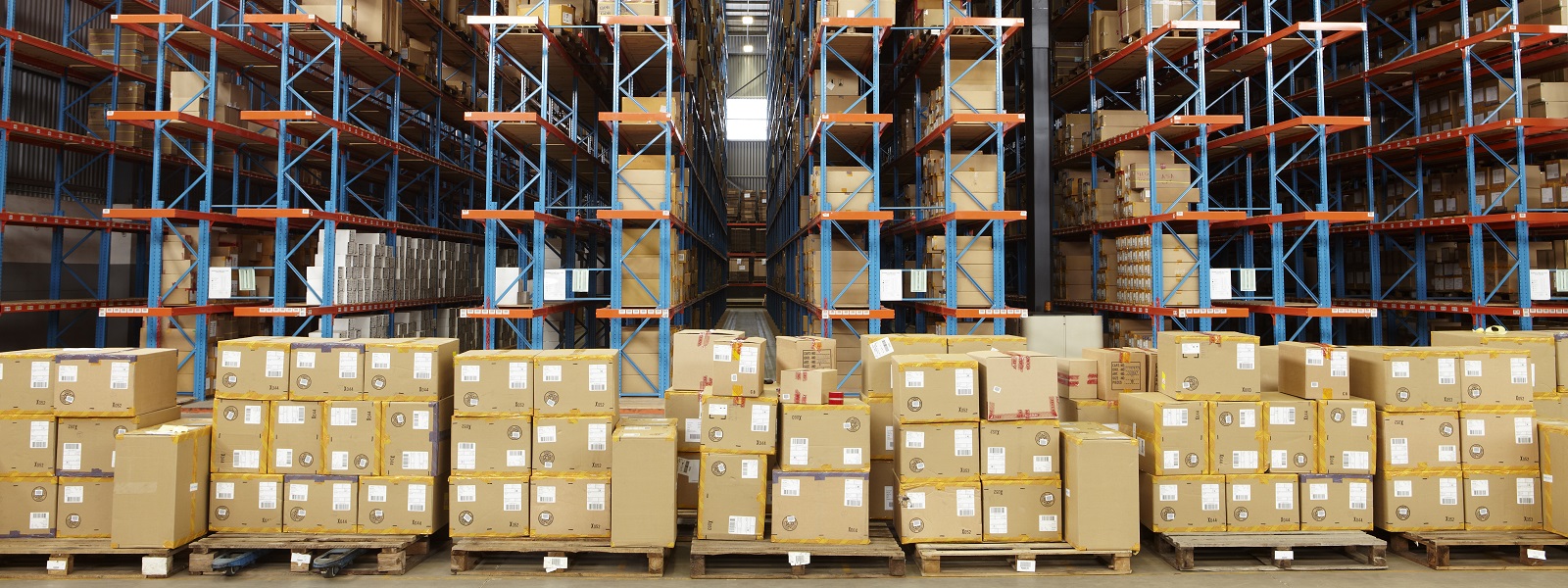The aerospace and defense sector has historically been immune to the impact of global downturns, with spending determined by geopolitical rather than macroeconomic factors.
Unsurprisingly, recent geopolitical unrest around the world has sent defense expenditures to record highs. Global military spending reached US$2.2 trillion in 2022, with Russia’s invasion of Ukraine triggering the sharpest rise in European defense spending in more than three decades.
UK defense giant buys into red-hot space sector
Buoyed by record profits, these market forces are pushing defense players to strike bold deals. The highest-valued transaction of 2023 so far saw BAE Systems, the UK’s largest defense contractor, acquire Ball Aerospace, a US-based supplier of mission-critical space systems. Valued at US$5.6 billion, the purchase is BAE’s largest to date, signaling the defense giant’s intention to expand into the much sought-after space sector, an area where it has traditionally lagged behind its rivals.
The space sector is increasingly seen as a critical part of modern warfare, and with Ball’s expertise in satellite systems and geospatial intelligence, BAE considers the deal a sound strategic move in view of its expansion plans.
The Russia-Ukraine conflict has prompted Western nations to ramp up defense spending—particularly the UK, which recorded the highest military expenditure in western and central Europe in 2022. As a consequence, BAE’s shares have skyrocketed more than 80 percent since the start of 2022.
BAE reportedly beat off fierce competition from several rivals to secure the deal, with global private equity players Blackstone and Veritas Capital both eyeing up Ball. US defense contractors General Dynamics and Textron were also reportedly in the running.
VC firms flock to US space sector
While the US fundraising market is currently challenged by stubbornly high interest rates, the country’s space sector is weathering the storm as investors look to capitalize on its strong growth potential. Elon Musk’s rocket maker and satellite internet company Space Exploration Technologies, better known as SpaceX, raised US$750 million in its latest fundraising round announced at the start of the year. The investment, said to be led by US venture capital firm Andreessen Horowitz, values the company at a monumental US$137 billion.
SpaceX had previously raised more than US$2 billion in 2022, making it the most valuable startup in the US. In June, it was reported that the space startup was considering another fundraising round which, if completed, could value the company at US$150 billion.
A sizeable portion of SpaceX’s value is derived from its satellite internet service, Starlink. Developed in partnership with NASA, it operates the world’s largest commercial satellite constellation. The internet service played an important role in providing connectivity to more than one million subscribers following infrastructure disruption in the wake of Russia’s invasion of Ukraine.
Axiom Space, also based in the US, raised US$350 million in a Series C funding round in August, led by investors including Aljazira Capital and Boryung Pharmaceutical. This brought the total funds Axiom has raised from investors to more than US$505 million, positioning itself as second only to SpaceX in terms of money raised by a private space company in 2023. Axiom’s first commercial space station module is currently under construction and is scheduled to launch to the International Space Station in 2026.
Another significant fundraising in the US space sector saw LA-based satellite startup Apex raise US$16 million. The investment, led by Shield Capital and Andreessen Horowitz, brings the company’s total funding to more than US$27 million. Apex will use the financing to develop its first large-scale factory—Factory One—where it will produce its Aries satellite bus. Satellite buses, also known as spacecraft buses, refer to the standardized, modular structure at a satellite’s core that carries and supports the primary systems and subsystems required for a satellite’s operation, enabling communication between satellite and ground stations.
Space propulsion technology is another area piquing investor interest. In March, Frontier Aerospace Corporation announced a US$10 million fundraising from AEI HorizonX, a VC fund formed by Boeing and PE firm AE Industrial Partners. Founded in 2014, Frontier provides innovative space propulsion solutions sought after by NASA, as well as commercial aerospace and defense businesses.
APAC theater of operations
Japanese investors are taking note of the high returns on offer in the US space sector. In late September, MUFG, Kanematsu and Tokio Marine led a US$290 million equity raising in Sierra Space, the Colorado-based subsidiary of private aerospace contractor Sierra Nevada Corporation.
The funding, which values the space company at US$5.3 billion, will be used to develop its Dream Chaser spaceplane—a private, reusable spacecraft intended to send cargo and, in time, crew to low Earth orbit.
India-based drone startup Garuda Aerospace, meanwhile, raised US$22 million from a group of investors led by Indian VC firm SphitiCap, in the allegedly largest-ever Series A funding in the drone sector. The startup, which features Tata and Lockheed Martin on its client list, has said it aims to export 10,000 drones across the globe over the next 15 months.
Growth in Australia’s aerospace and space-services sector is also set to accelerate. One especially illustrative deal was announced in mid-October, as Canberra-based satellite manufacturer Skykraft raised AUD 120 million (over US$75 million) from investors. This marks the second-largest funding round announced across all sectors in Australia this year.
Skykraft’s constellation of satellites, which were launched into orbit using SpaceX rockets, are intended to facilitate better communication between airline pilots and air traffic control, thus improving air safety. On a national level, Australia itself is placing considerably more emphasis on its defense sector. In 2022 it trailed behind China, India, South Korea and Japan in terms of total military expenditure, standing at US$32.3 billion, but earlier this year, the government announced plans to raise spending to almost AUD 52.6 billion (US$35 billion), marking the first time funding would exceed AUD 50 billion.
In its defense spending review, released in April, Australian officials wrote that growing “major power strategic competition” in the region—referring to China’s ambitious military build-up—necessitated greater expenditures. Nearly 15 percent, or US$800 million, of the US$8.3 billion budget for new equipment is earmarked for American precision-guided munitions, on which Australia currently relies. In March, Australia, the US and the UK—the trio forming the AUKUS security partnership—unveiled a decades-long project to furnish Australia with nuclear-powered submarines.
Though the Ukraine-Russia and, as of mid-October, Israel-Hamas conflicts are rightly attracting the vast majority of defense-related attention at the moment, APAC is undeniably at the center of world powers’ long-term geostrategic concerns. Greater spending on APAC-based defense assets and in-region innovation will surely follow in the years to come.
Watch this space
With geopolitical tensions rising by the day, global military spending shows no signs of slowing. Investment in the space sector, viewed by many within the industry as the next frontier of modern warfare, will continue to grow as defense players respond to shifting geopolitical dynamics.
BAE’s high-profile takeover of Ball Aerospace may prompt other leading defense companies to follow suit, with surging profits across the industry presenting a strong business case for M&A in this trending sector.
The influx of VC investment in the US’s space industry reflects the premium sought in cutting-edge startups. As this trend continues, a healthy pipeline of companies will present more M&A opportunities for dealmakers looking to add to their space, satellite and surveillance offerings.





